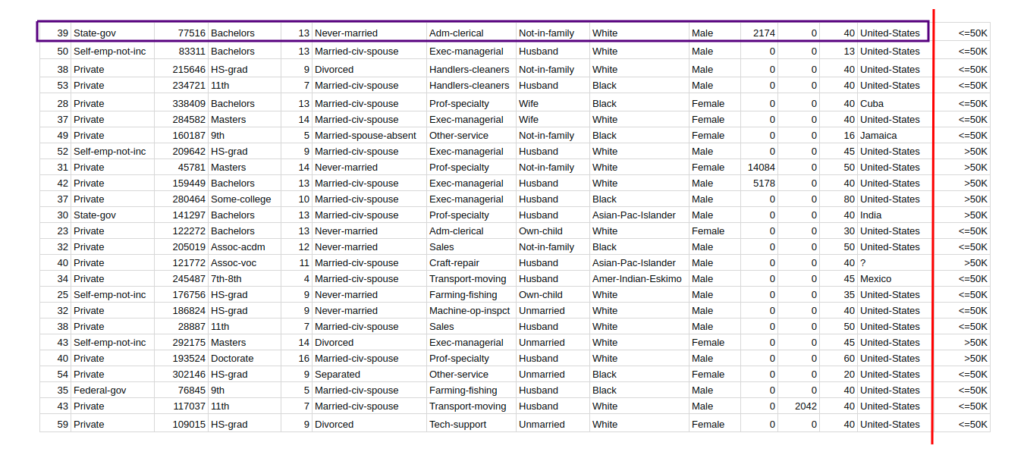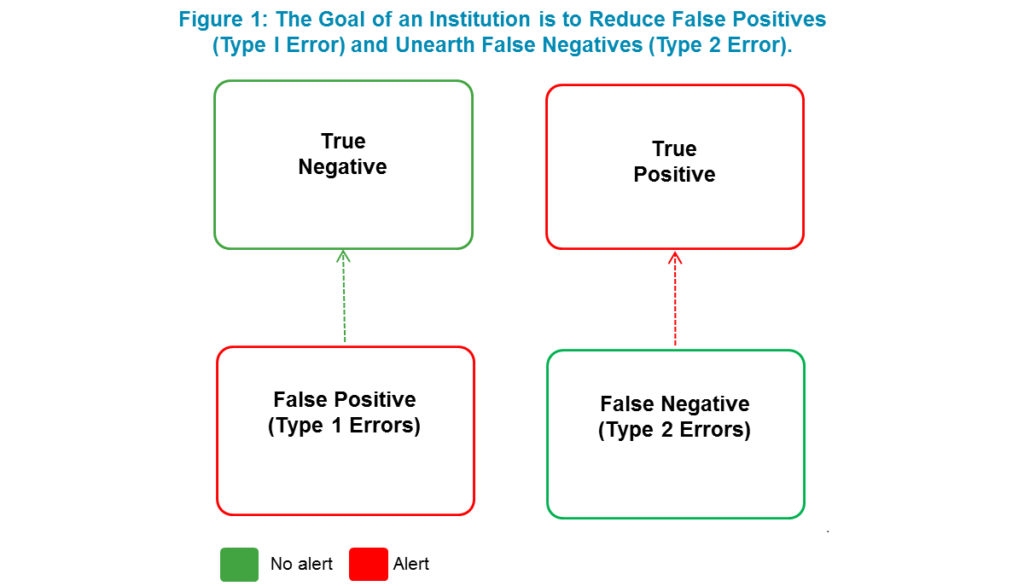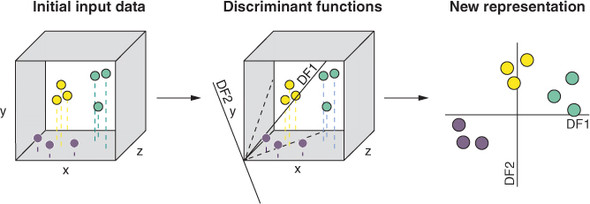Machine learning has become a buzzword in recent years, and for good reason. It has transformed the way we approach big data, and has led to breakthroughs in fields such as healthcare, finance, and transportation. But one question that often arises when it comes to machine learning is how much data is needed to train a model effectively? The answer, as with many things in life, is not simple. It depends on a variety of factors, including the complexity of the problem, the quality of the data, and the type of algorithm being used.
At its core, machine learning is about training a model to make accurate predictions or decisions based on input data. The more data we have, the better the model is likely to perform. However, collecting large amounts of data can be time-consuming and expensive, and there is a point of diminishing returns. In other words, there comes a point where adding more data does not significantly improve the model’s performance. So, how do we strike the right balance between the amount of data and the accuracy of the model? This is a question that has been the subject of much research and debate in the field of machine learning, and one that we will explore in this article.
The amount of data used for machine learning depends on the complexity of the problem. Generally, more data is better, as it allows machine learning algorithms to detect more subtle patterns in the data. For complex problems, it may be necessary to use large datasets, while simpler problems can often be solved with smaller datasets. Additionally, the quality of the data is important, as incorrect or incomplete data can lead to inaccurate results.
For example, if the problem requires classifying images, then a dataset with thousands of images from different angles and backgrounds is preferable to a dataset with fewer images. Similarly, if the problem requires predicting stock prices, then a dataset with long-term historical data is preferable to a dataset with only a few weeks of data.
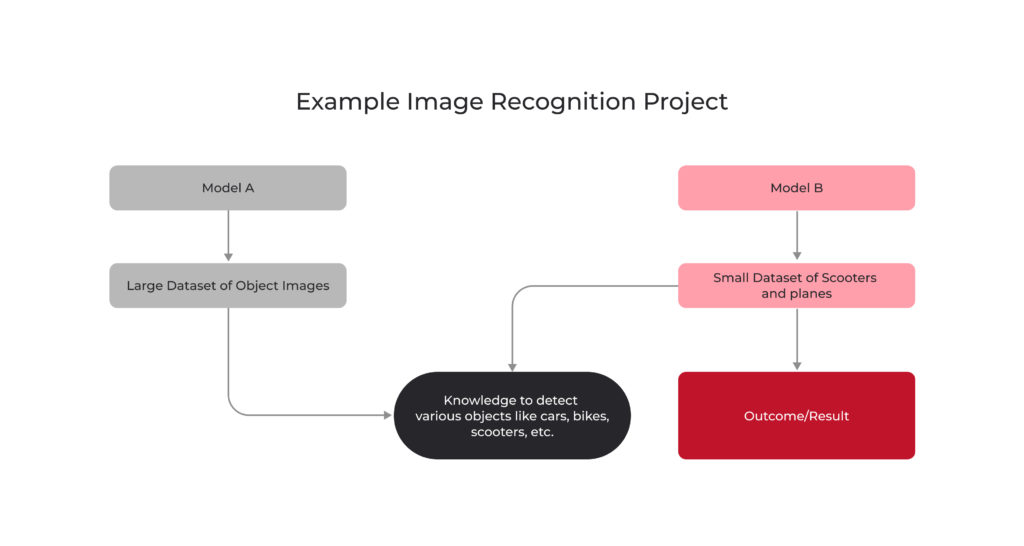
How Much Data Do You Need for Machine Learning?
Machine learning is a powerful tool for analyzing data and predicting outcomes. But how much data do you need for machine learning? It depends on the type of machine learning algorithm you’re using, the complexity of the problem you’re trying to solve, and the accuracy you want to achieve.
Types of Machine Learning Algorithms
There are several types of machine learning algorithms, each of which has different requirements for data. Supervised learning algorithms require labeled data, where each data point is associated with a known outcome. Unsupervised learning algorithms don’t require labeled data, but instead look for patterns in the data. Reinforcement learning algorithms require a steady stream of data, as they learn by trial and error.
The amount of data needed for each type of algorithm depends on the complexity of the problem. For example, if you’re trying to predict stock prices, you’ll need more data than if you’re trying to predict the weather. The complexity of the problem also affects how much data you need. For example, if you’re trying to predict a complex system like the stock market, you’ll need more data than if you’re trying to predict something simpler, like the temperature.
Complexity of the Problem
The complexity of the problem also affects the amount of data you need. For example, if you’re trying to predict a complex system like the stock market, you’ll need more data than if you’re trying to predict something simpler, like the temperature. In addition, the more complex the problem, the more data you’ll need to get accurate results.
The accuracy of the results also affects the amount of data you need. Generally, the more accurate the results you want, the more data you’ll need. But this is also dependent on the complexity of the problem. If the problem is simple, you may be able to get accurate results with less data. But if the problem is complex, you may need more data to get accurate results.
Amount of Data Needed
So how much data do you need for machine learning? It depends on the type of machine learning algorithm you’re using, the complexity of the problem you’re trying to solve, and the accuracy you want to achieve. Generally speaking, the more complex the problem, the more data you’ll need. And the more accurate the results you want, the more data you’ll need.
The exact amount of data you need for machine learning also depends on the type of algorithm you’re using. Supervised learning algorithms require labeled data, while unsupervised learning algorithms don’t require labeled data. And reinforcement learning algorithms require a steady stream of data. The amount of data you need for each type of algorithm depends on the complexity of the problem.
Frequently Asked Questions: How Much Data for Machine Learning?
This article aims to answer the common question of how much data is needed for machine learning. Here, we will explore the factors that impact the amount of data required and provide some helpful tips.
What is the Minimum Amount of Data Needed for Machine Learning?
The amount of data needed for machine learning depends on the complexity of the problem that is being solved. Generally, more data is needed for more complex problems. For example, if the goal is to build a model that can accurately predict stock prices, more data will be needed than for a model that can classify images. Generally, the minimum amount of data needed for machine learning is around 50-100 data points. However, this is a very general rule and it is important to remember that the exact amount of data required for a particular problem will depend on the complexity of the problem.
What is the Maximum Amount of Data Needed for Machine Learning?
The maximum amount of data needed for machine learning depends on the size of the dataset and the complexity of the problem. Generally, more data is needed for more complex problems. For example, if the goal is to build a model that can accurately predict stock prices, more data will be needed than for a model that can classify images. In addition, if the dataset is larger, more data will be needed to accurately train the model. Generally, the maximum amount of data needed for machine learning is between 10,000 and 100,000 data points. However, this is a very general rule and it is important to remember that the exact amount of data required for a particular problem will depend on the complexity of the problem.
What Factors Impact the Amount of Data Needed for Machine Learning?
The amount of data needed for machine learning is impacted by a variety of factors, including the complexity of the problem, the size of the dataset, and the accuracy of the model. Generally, more data is needed for more complex problems, larger datasets, and more accurate models. It is important to consider these factors when determining how much data is needed for a particular machine learning task.
How Can I Make Sure I Have Enough Data for Machine Learning?
The best way to make sure you have enough data for machine learning is to start with a small dataset and slowly increase it as needed. This will allow you to test the accuracy of the model with a smaller dataset and then increase the amount of data as needed to achieve the desired level of accuracy. It is also important to ensure that the dataset is representative of the data that the model will be used on, as this can have a significant impact on the accuracy of the model.
Are There Any Techniques for Reducing the Amount of Data Needed for Machine Learning?
Yes, there are a variety of techniques for reducing the amount of data needed for machine learning. These include data augmentation, feature engineering, and dimensionality reduction. Data augmentation involves creating additional data points by modifying existing data points. Feature engineering involves creating new features from existing data points. Dimensionality reduction involves reducing the number of features in the dataset. These techniques can help reduce the amount of data needed for machine learning and improve the accuracy of the model.
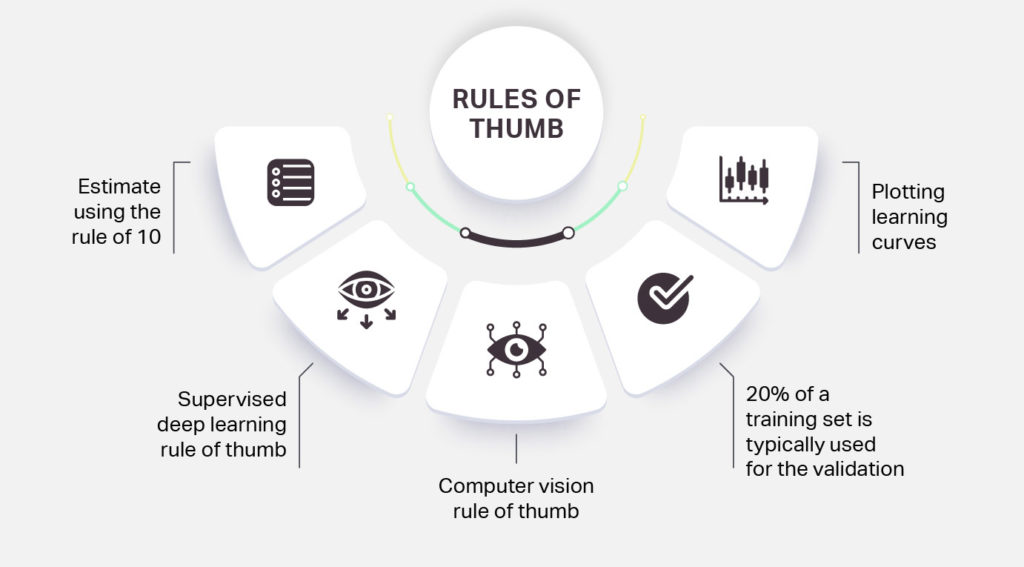
In conclusion, the amount of data required for machine learning depends on various factors, such as the complexity of the problem, the algorithm used, and the quality of the data. While having more data can lead to better accuracy and performance, it is not always necessary to have a massive dataset to achieve good results. In fact, it is often more important to focus on the quality and relevance of the data rather than the quantity.
As the field of machine learning continues to evolve, it is essential to stay up-to-date with the latest developments and best practices. Whether you are a researcher, data scientist, or business owner looking to leverage machine learning, it is important to understand the role of data in the process. By taking a thoughtful and strategic approach to data collection and analysis, you can unlock the full potential of machine learning and drive meaningful insights and results for your organization.

